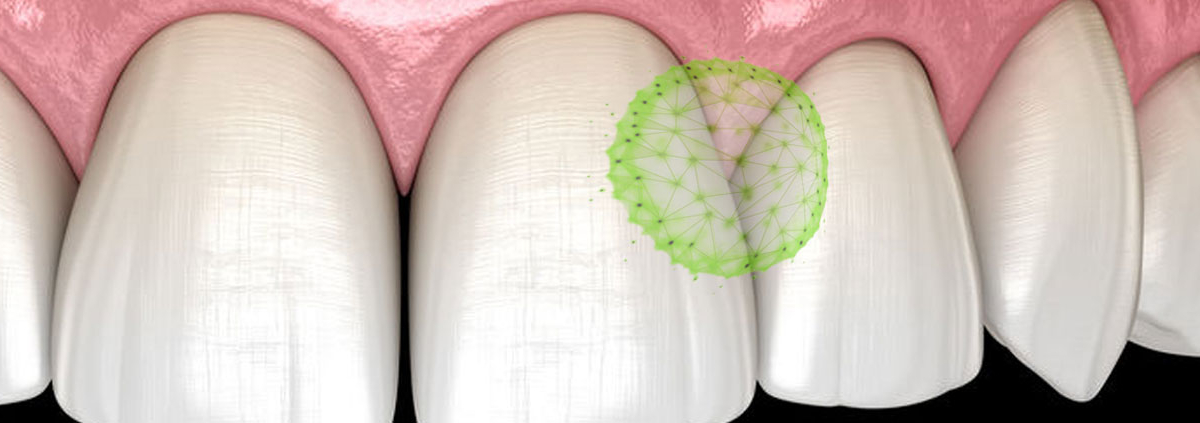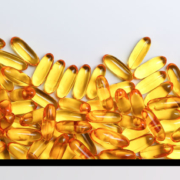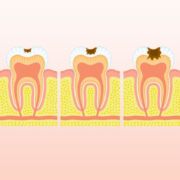Dental Cavities Are an Engineering Wonder
Continuing our look at the process of dental decay, the methodology for this study was complex to say the least: preserving the plaque, analyzing the structure, obtaining samples of the bacteria, attempting and succeeding to grow the structures on enamel surfaces that mimic teeth, getting photographs of the electronic polymeric structure, and more.
This study demonstrated that the Streptococcus mutans bacterium doesn’t merely attach to the biofilm and multiply; it organizes itself and other bacteria into dome-like structures in order to protect the most inner part of the dome. They tested this by exposing the teeth to a commonly used anti-bacterial rinse and found only the most exterior part of the dome was destroyed. The bacteria then reorganized themselves and the other bacteria so they could continue the attack that causes tooth decay. As long as the medium is present, in spite of treatment, the bacteria will continue to organize its structure to promote decay. Amazing.
What was the conclusion? There was none at this point because this is new research. I have one for you that isn’t controversial nor does it require anything that you probably already don’t do intermittently: cut out a sugary diet for your children and yourself to stop the constant feeding of the bacteria. Then brush regularly after every meal; teach your kids to swish with water after every popsicle or gummy bear. And to break up the plaque, floss every day. That seems to be the only way to address this oral bacterium that’s an engineering marvel.
What are you prepared to do today?
Dr. Chet
Reference: doi.org/10.1073/pnas.1919099117





